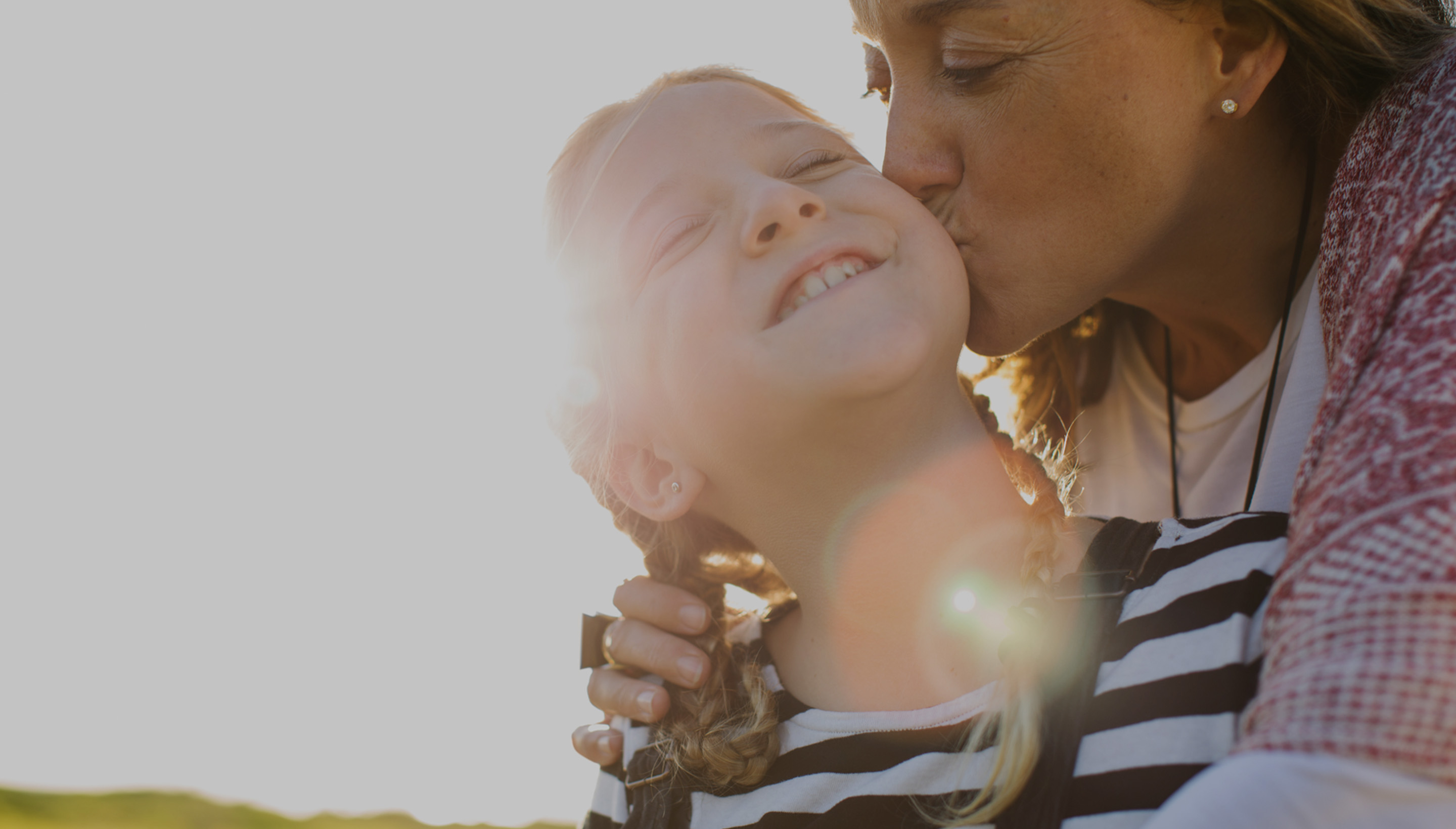Convincing teenagers can be tricky. Instead of endless reminders, involve them in the why.
- Avoid glamorising tanning and talk about your own natural skin colour positively.
- Talk about people you know who have experienced skin cancer or surgery, especially family members.
- Highlight how sun protection prevents premature ageing, pigmentation and scarring.
- Keep products they like - tinted moisturisers with SPF, clear gels, or mattifying sunscreens.
- Let them choose their own sunscreen, hat or rash vest for a sense of ownership.
“They do have to buy into the message themselves,” says Dr Claydon. “If you keep modelling good, sensible behaviour, they’ll usually come around and they can be a positive influence for their peers”
Encourage them to use the SCAN method (Scan, Changing, Abnormal, New) to spot changes in their own skin and report anything unusual.




